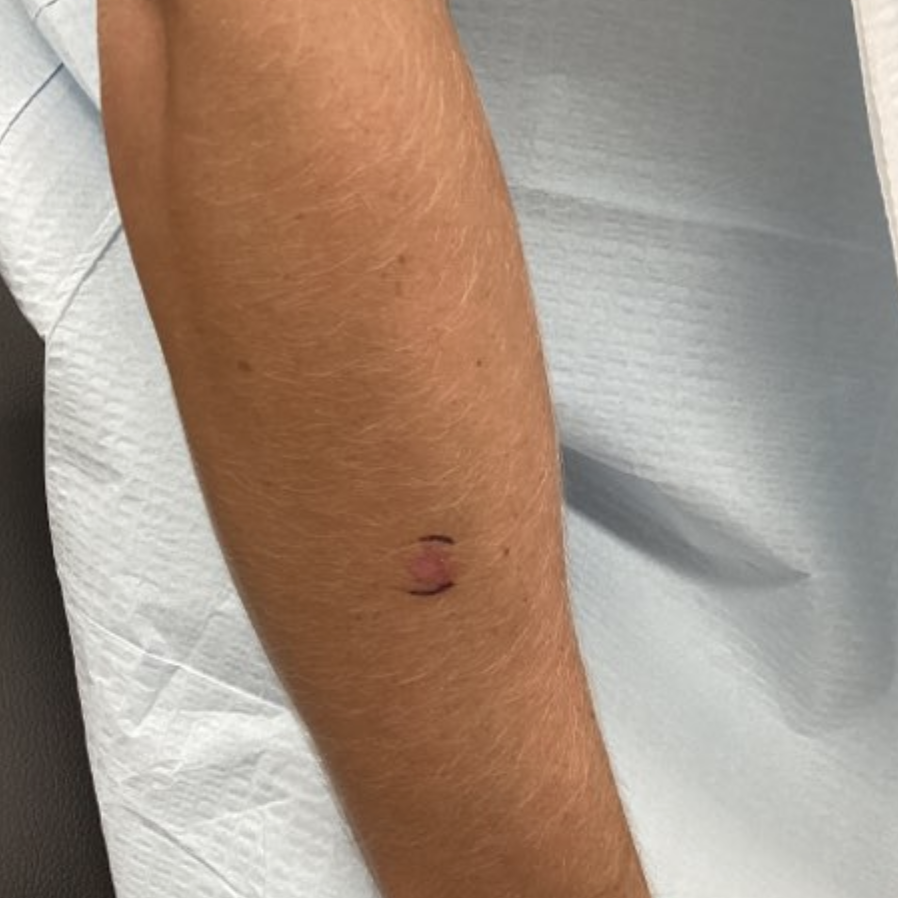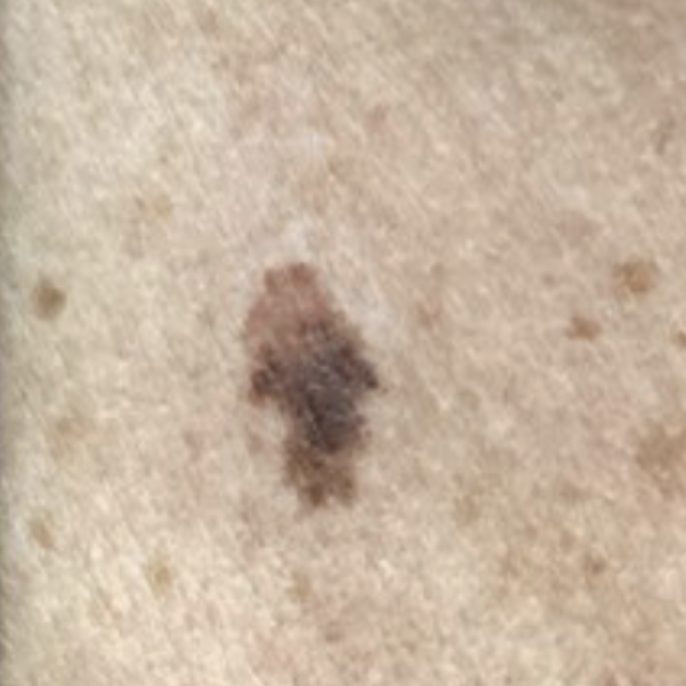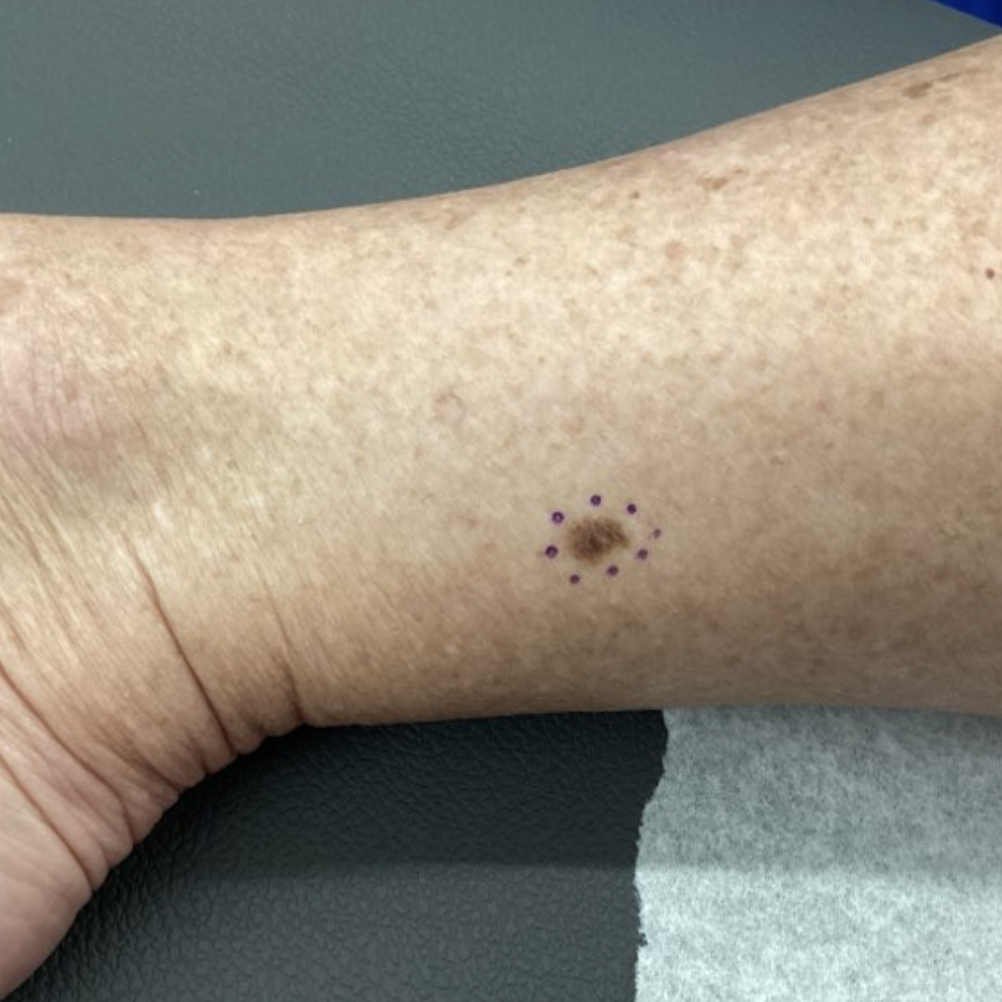Skin Cancer Education
What Is Skin Cancer?

Skin cancer is a common disease that affects millions of people worldwide. It develops when the skin's cells undergo abnormal growth, leading to the formation of malignant tumors. Skin cancer can be caused by exposure to ultraviolet (UV) radiation from the sun or other sources, genetics, or a weakened immune system. There are three main types of skin cancer: basal cell carcinoma, squamous cell carcinoma, and melanoma. Each of these types has unique characteristics and requires different treatment approaches. In this post, we will explore the three different types of skin cancer in detail, including their symptoms, causes, and treatments. OnSpot is here for all of your skin cancer education.
Basal Cell Carcinoma
Basal cell carcinoma (BCC) is the most common type of skin cancer, accounting for approximately 80% of all cases. It usually appears on areas of the skin that have been exposed to the sun, such as the face, scalp, and neck. BCC typically looks like a small, shiny, pink or red bump with a waxy or pearly surface. As the cancer grows, it may develop into a sore that doesn't heal or a scaly, crusty patch of skin. BCC rarely spreads to other parts of the body, but it can cause damage to surrounding tissues if left untreated. Treatment options for BCC include surgery, radiation therapy, and topical medications.
What does basal cell carcinoma look like?
Although basal cell carcinoma comes in many different shapes and size, here are some examples of what basal cell carcinoma may look like on your skin:
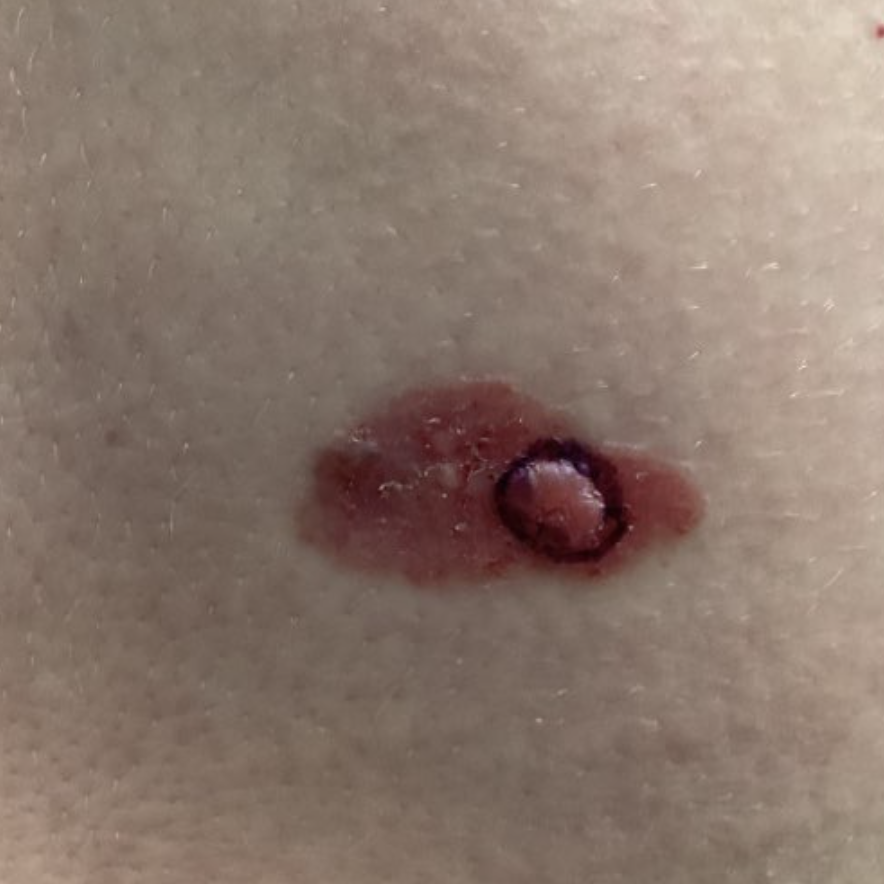
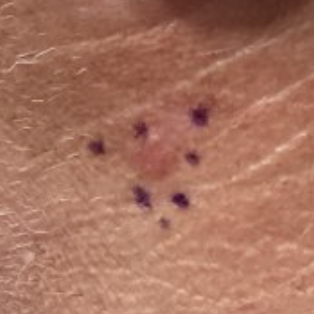
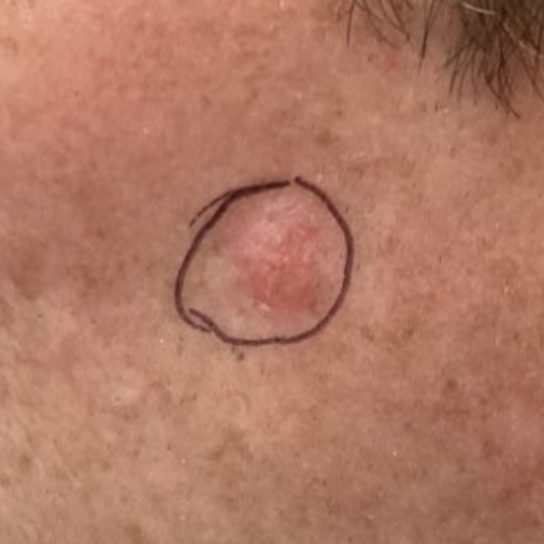
Squamous Cell Carcinoma
Squamous cell carcinoma (SCC) is the second most common type of skin cancer, accounting for about 16% of all cases. It typically develops on areas of the skin that have been exposed to the sun, such as the face, ears, neck, and hands. SCC often looks like a scaly, red patch of skin or a raised bump with a rough, crusted surface. As the cancer grows, it may become an open sore or ulcer that doesn't heal. SCC can spread to other parts of the body, including the lymph nodes, if left untreated. Treatment options for SCC include surgery, radiation therapy, and topical medications.
What does squamous cell carcinoma look like?
Although squamous cell carcinoma comes in many different shapes and size, here are some examples of what squamous cell carcinoma may look like on your skin:
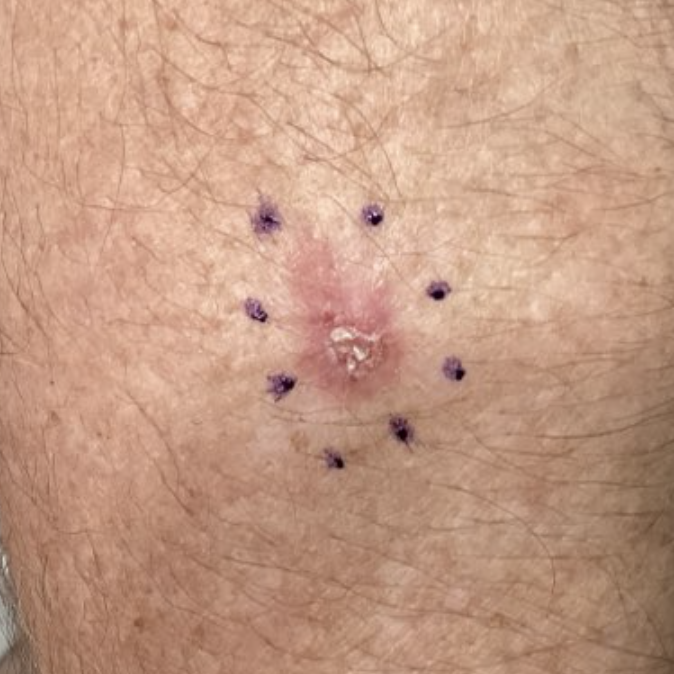
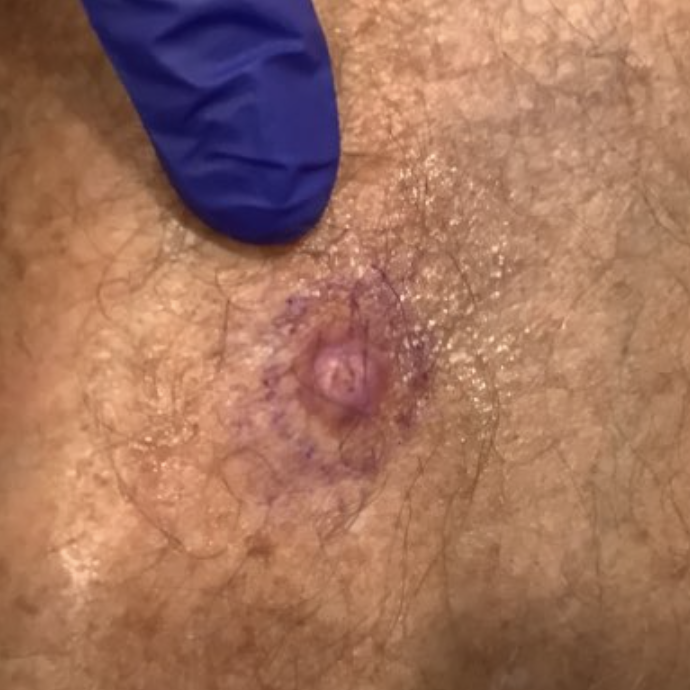
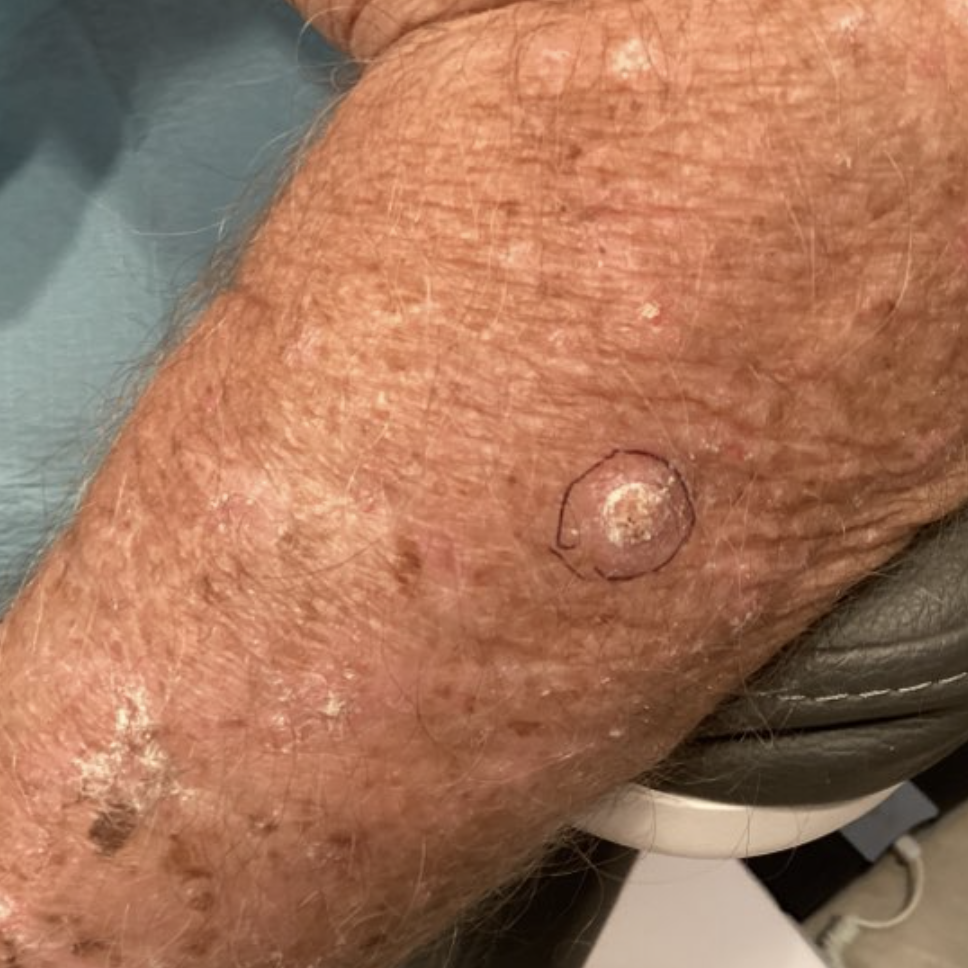
Melanoma
Melanoma is the most dangerous type of skin cancer and can be life-threatening if not treated early. It develops in the melanocytes, which are the cells that produce pigment in the skin. Melanoma can occur anywhere on the body, including areas that are not exposed to the sun. It often looks like a dark, irregularly shaped mole or spot, but it can also appear as a red, pink, or flesh-colored bump. Melanoma can spread to other parts of the body, including the lymph nodes and internal organs, if left untreated. Treatment options for melanoma include surgery, radiation therapy, chemotherapy, and immunotherapy.
What does melanoma look like?
Although melanoma comes in many different shapes and size, here are some examples of what melanoma may look like on your skin:
